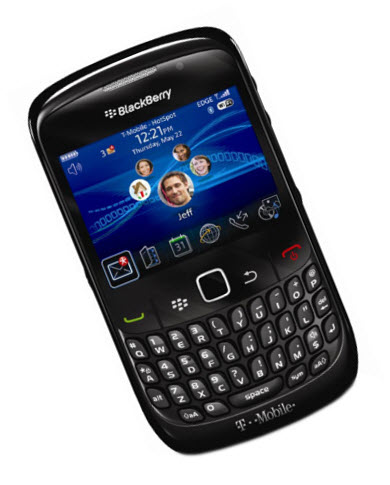 Though this may have been possible for the first generation of mobile efforts, times have changed.
Though this may have been possible for the first generation of mobile efforts, times have changed.
When retailers first started to discover that mobile commerce was going to be vital to their survival, many of them responded by using their standard websites and optimizing the same content and layout so that it would be compatible with the smaller screens and navigation requirements of mobile devices.
This was a strategy that was somewhat effective for a while, but the channel has evolved since then.
The world of mcommerce is traveling at a breakneck speed, and it is continually in flux. The more brands, companies, and marketers discover about what consumers are expecting from this channel and what is effective, the faster it grows. Now, the websites that were originally optimized so that their standard formats would fit on smaller screens are being found to be inadequate within the sector.
Simply repurposing regular sites for mcommerce just isn’t enough for the mobile consumer.
An mcommerce website should not simply be a cookie cutter copy of the site designed for e-commerce. Before the mobile version is released, it is vital for companies to determine what features are truly central for driving engagement, and to make those elements the heart of the smartphone and tablet experience. For example, store locators – which are often considered to be rather secondary on standard sites – are among the most important features of a mobile commerce enabled website, and should be placed front and center in many instances.
A site meant for a smartphone needs to be stripped down to its bare minimum while still providing a rich and engaging experience. Functionality, compatibility, load time, ease of navigation, and driving consumers to act are all critical to mobile. Unlike the PC experience, it is isn’t simply a matter of placing information in front of the consumer. It needs to appeal to the individual on the go, with quick and simple mcommerce options that will be highly relevant and appeal on a personal level. Companies must never lose sight of this perspective if they wish to get the most out of what the channel has to offer.

 Tapestry aims to bridge a gap with NFC technology
Tapestry aims to bridge a gap with NFC technology